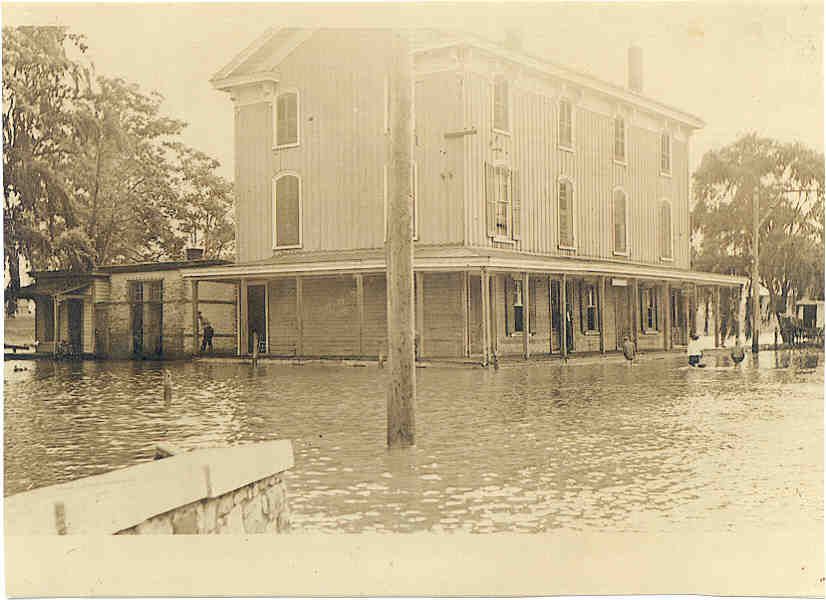Historic Photos of North Chesapeake
City, Pt.3
Long Bridge, East view with Masonic Hall and many shops on the
Causeway. The area in the foreground is now the site of Pell Gardens. Long
Bridge was a center-pivot span that was operated by turning an iron crank.
Steamer, Lord Baltimore, heading west through
the St. Georges’ lock. This steamer belonged to the Baltimore and Philadelphia
Steamboat Company, established in 1844. The company was also called the Ericsson
Line because, instead of its boats being propelled by paddles, they were
propelled from the stern by a screw system devised by the Swedish inventor,
John Ericsson.
High Bridge was a wooden swing bridge that extended from Hemphill
Street on the North Side to the Causeway on the South Side. The Causeway ran
west to Long Bridge, which spanned Back Creek and connected to Rees’ Wharf (now
Pell Gardens). Note Corps of Engineers’ pump house at left with vessel waiting
to go through.











